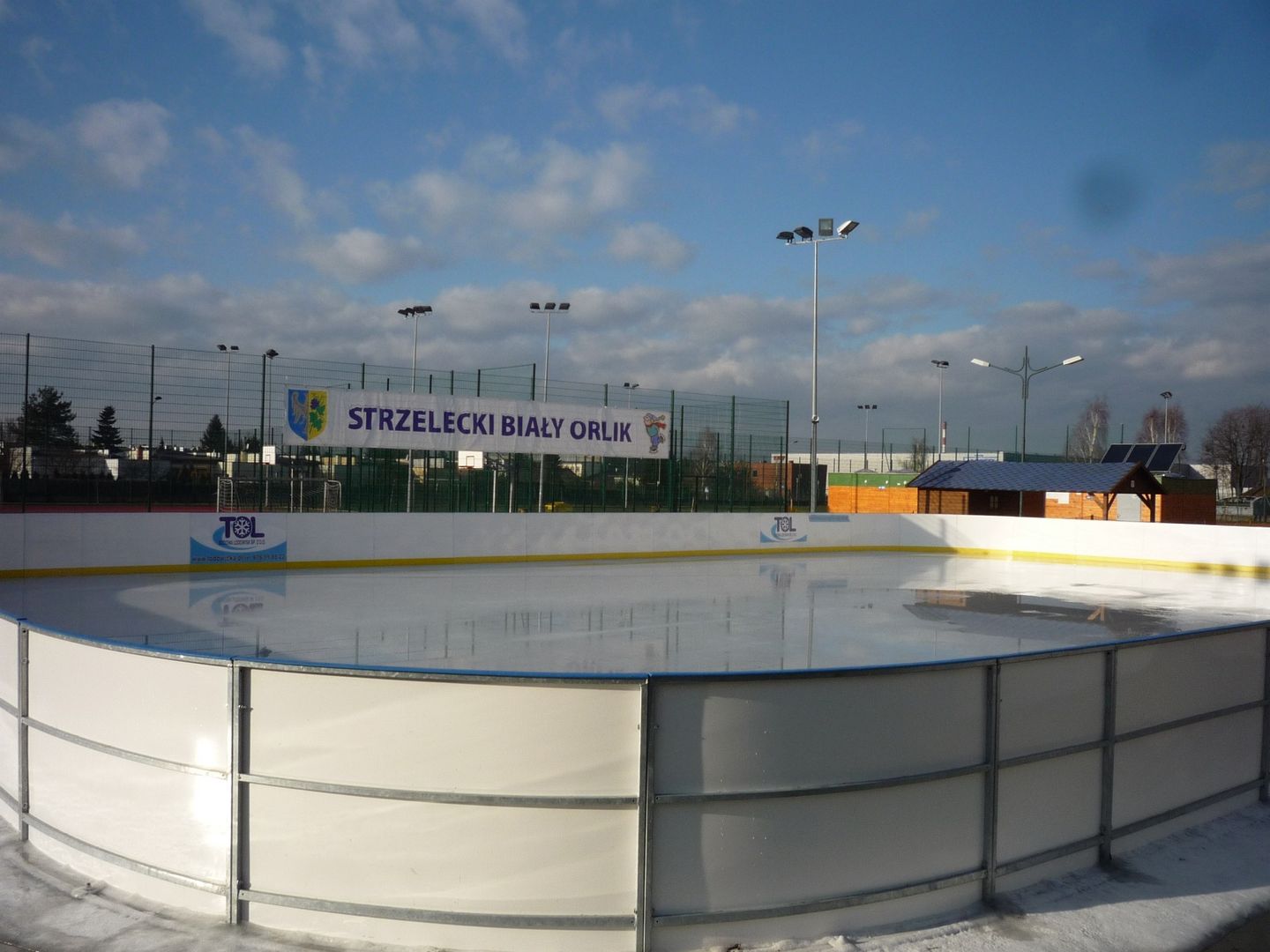Strzelce Opolskie
7.08

Overview
Strzelce Opolskie is a town located in the Opole Voivodeship in Upper Silesia, known for its rich history dating back to the 13th century. Its development began as a market settlement, and it obtained town rights in the 14th century. Architecturally, it stands out with its medieval urban layout, well-preserved fragments of the old town walls, and several historic churches: the neo-Baroque St. Lawrence Church from the early 20th century, the Corpus Christi Church from 1825–1826, and the wooden St. Barbara's Church from the 17th century. The ruins of the castle, which was the seat of the Dukes of Strzelce, and the late-Classicist castle gate complete the picture of the town's architectural heritage.
Strzelce Opolskie witnessed many important historical events, including wars and plebiscites. During the interwar period, the town voted to remain part of Germany, which had implications during the Third Silesian Uprising and World War II, when it was destroyed by the actions of the Soviet army. After the war, Strzelce became part of Poland and began a process of reconstruction and industrialization, which contributed to the economic development of the region.
Culturally, the town is active through the Strzelecki Ośrodek Kultury and the Powiatowe Centrum Kultury, organizing numerous events, festivals, and exhibitions. Strzelce hosts the Dni Ziemi Strzeleckiej (Strzelce Land Days) and the Strzelecki Bieg Uliczny (Strzelce Street Run), as well as regular outdoor events. Interestingly, the town appears in the novels of Michael Sowa, highlighting its influence on regional culture.
Although Strzelce Opolskie faces demographic and migration challenges, it continues to preserve its unique identity, combining history, culture, and architecture in one of the most interesting places in Upper Silesia.
Location
Tertiary Administrative Division
Strzelce Opolskie
County
Strzelecki County
State
Opolskie Voivodeship
Country
You can also find here:
2025 Wizytor | All Rights Reserved
